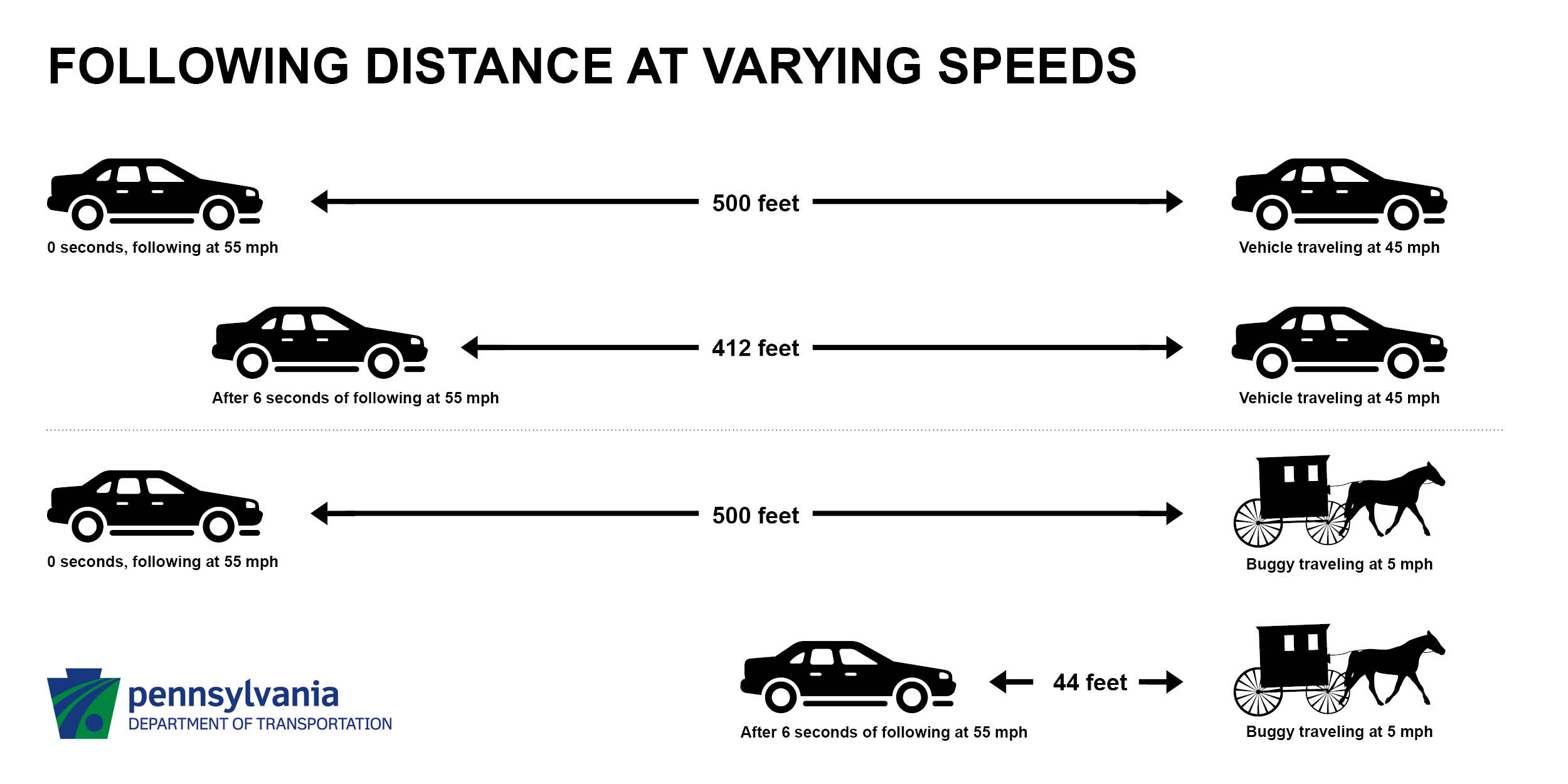General Driving Safety
Drowsy Driving
When you are tired, you react slower, your judgment and your vision are impaired and you have problems understanding and remembering things.
Driving while fatigued has similar effects as driving under the influence of alcohol. Being awake for 18 hours impairs your driving about as much as a blood alcohol level of .05 percent. Being awake for 24 consecutive hours impairs your driving as much as having a blood alcohol level of .10 percent.
If you are tired enough, you will fall asleep and never even know it. Sleeping behind the wheel for even a few seconds is enough to kill you. Teens who sleep less than eight hours a night are at increased risk for vehicle crashes. The best thing to do if you begin to feel tired while driving is to stop driving.
The National Sleep Foundation offers these tips to combat drowsy driving:
Get adequate sleep — most adults need 7-9 hours to maintain proper alertness during the day.
Schedule proper breaks — about every 100 miles or 2 hours during long trips.
Arrange for a travel companion — someone to talk with and share the driving.
Avoid alcohol and sedating medications — check your labels or ask your doctor.
Rural Road Safety
Rural roads abound in Pennsylvania offering motorists breathtaking scenery and sites steeped in rich history and tradition. In many areas across the state, it is not unusual to find yourself sharing the road with farm equipment and horse-drawn vehicles. While familiar fixtures on many roadways, these vehicles may also bring with them unfamiliar hazards. Additionally, many rural roads offer less room to maneuver, loose gravel or grassy berms, and an array of sharp dips and unexpected turns. When combined with the presence of slow-moving vehicles, these hazards offer motorists their share of driving challenges.
Tips for Sharing the Road with Slow-Moving Vehicles:
Vehicles designed to travel 25 mph or less and horse-drawn vehicles are required by law to display a fluorescent orange triangle surrounded by red bands. When you see this symbol on the rear of any vehicle, slow down immediately and maintain a safe following distance.
Do not pass a slow-moving vehicle if:
You cannot see clearly in front of you and the vehicle you intend to pass;
There are curves or hills in the road ahead;
You are in a designated "No Passing Zone"; or
You are within 100 feet of any intersection, railroad crossing, bridge, elevated structure or tunnel.
Do not assume that a vehicle operator who pulls the vehicle to the right side of the road is turning right or letting you pass. The vehicle operator may be swinging wide to execute a left-hand turn.
Operators of farm vehicles usually are in a better position to see oncoming traffic. They are usually willing to signal drivers when it is safe to pass, provided they know there is a vehicle behind them. Use your vehicle's horn to let the farmer know you are there.
When approaching a horse-drawn vehicle, give it plenty of room when following or passing, use your low beams and NEVER use your horn as it may spook the horses.
Watch closure time while on rural roads. Closure time is the time a driver has to recognize and respond to a slow-moving vehicle. Farm vehicles usually travel less than 25 mph, while horse-drawn vehicles range in speeds between 5 and 8 mph. Be alert and prepared to stop.

Watch the sides of the road for mail boxes, bridges or road signs, which may cause a farm or horse-drawn vehicle operator to maneuver to the center of the road or cross the center line into the approaching lane of traffic to avoid these obstacles.
Be especially watchful of farm vehicles in the spring and fall during planting and harvesting times.
Farm and horse-drawn vehicles have the same right to use public roads as other motor vehicles.
When Driving, "Start SMART, Stay SMART"
Start SMART
S - SEAT belt on, seat adjusted
M - MIRRORS adjusted and clear
A - AIR conditioning, heating and defrost controls set
R - RADIO and audio panel set
T - THOROUGHLY check the area for traffic, people or objects
Stay SMART
S - Watch your SPEED
M - Frequently check your MIRRORS
A - AVOID distractions
R - Remember the RULES of the road
T - Give yourself enough TIME to reach your destination
Carbon Monoxide Poisoning
Did you know that you can be exposed to Carbon Monoxide in your vehicle? This PA Department of Health Fact Sheet explains the risks and warning signs of Carbon Monoxide poisoning, no matter where you are.
Here are tips to prevent carbon monoxide poisoning in vehicles:
- Regular inspection and maintenance of your vehicle's exhaust system and mufflers are essential in preventing carbon monoxide poisoning in your vehicle. If you are aware of holes or other deficiencies in your exhaust system, have it checked out by an automotive professional right away.
- Do not warm up your vehicle in the garage with the garage door down or partially down. Open your garage door completely if your vehicle is running in your garage.
- If your vehicle is keyless and you park it in an attached garage, never forget to turn off the vehicle.
- On snowy days, always inspect your tail pipe and remove any snow or ice that might be obstructing your vehicle's tail pipe.
- If you are stuck in traffic or otherwise sitting in an idling vehicle, make sure to partially open a window.
- Consider installing a battery operated carbon monoxide detector in your vehicle and check or replace batteries when changing the time on clocks in spring and fall each year.
- If you suspect carbon monoxide poisoning in your vehicle, exit the vehicle immediately, get fresh air, and seek emergency medical attention right away.